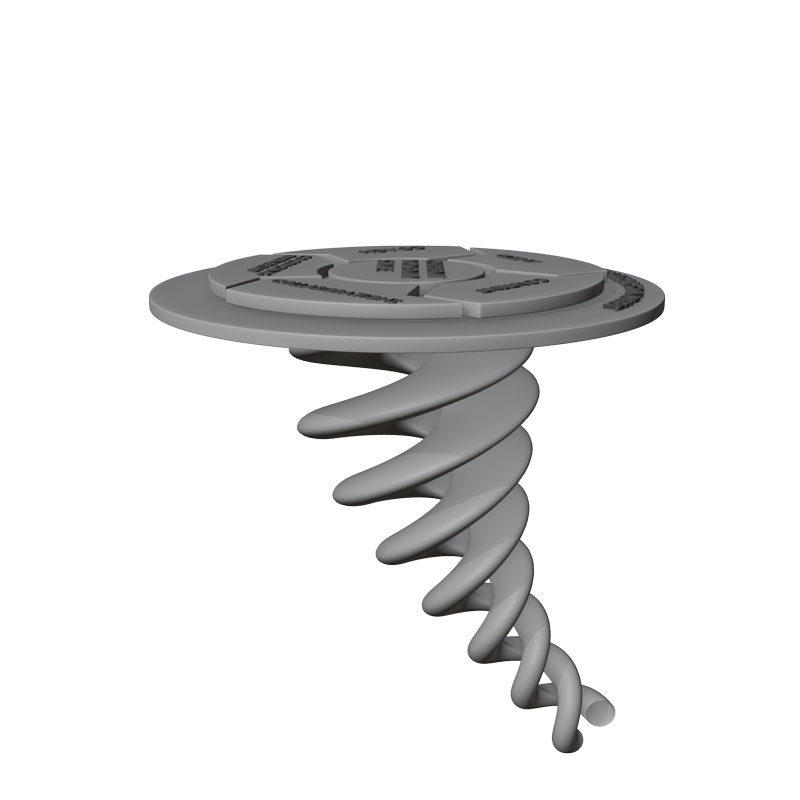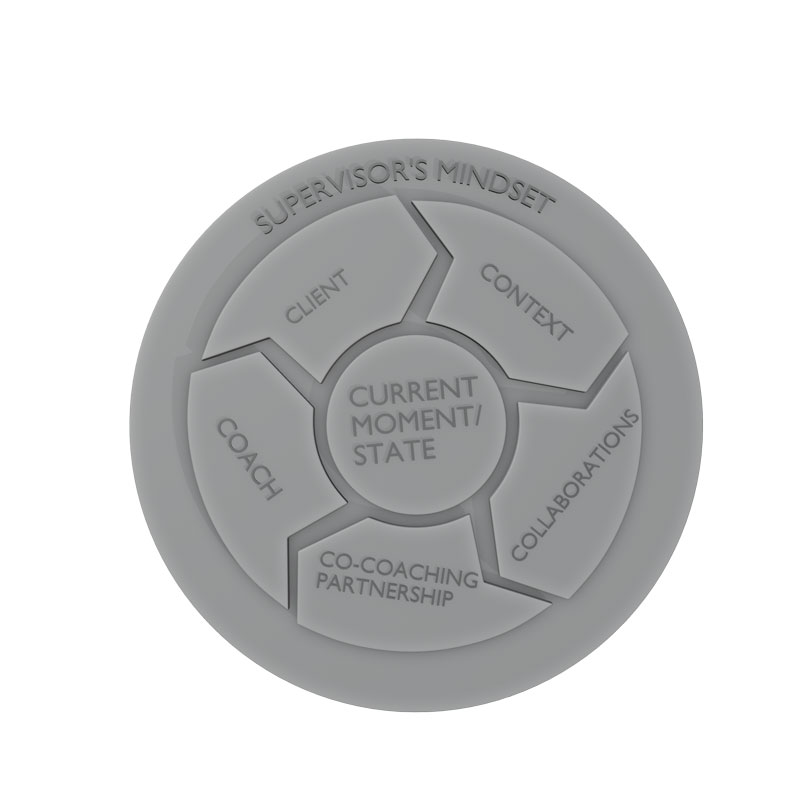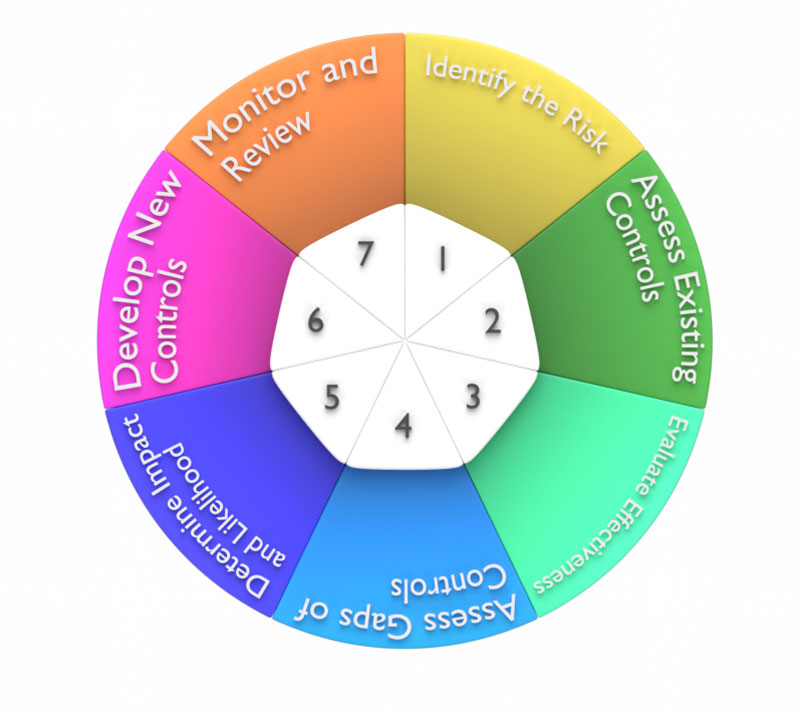Decoding the Helix: Mastering 3D Visualization of the DNA Molecule
In the world of science and education, translating complex, microscopic structures into a clear and compelling visual is a critical challenge. For a project as fundamental as a 3D DNA Model, the goal was to create more than just a model; it was to build an accurate, beautiful, and highly educational asset. By meticulously crafting the iconic double helix and its intricate components, we created a powerful tool ready for a variety of professional and academic applications. Our work on this project delivers precisely that, transforming a scientific concept into a stunning digital visualization that speaks to both its technical accuracy and its aesthetic beauty. This comprehensive case study highlights our expertise in creating a high-quality 3D DNA Model, perfectly suited for impactful scientific research, education, and medical illustration.
The Challenge: Recreating a Microscopic Masterpiece in a Digital World
A client, an educational content developer, sought a high-quality, professional 3D rendering of the DNA molecule. The core task was multi-faceted and demanding. We had to not only create a visually appealing representation but also ensure that every component—from the sugar-phosphate backbone to the base pairs—was anatomically correct and rendered with a high degree of detail. The greatest challenge lay in capturing the intricate, spiraling structure of the double helix and the subtle connections between its parts. The project required an artist who could see beyond the basic form and focus on the intricate details that make a digital model scientifically accurate and visually compelling for a high-end presentation. The goal was to produce a versatile asset that could serve as a foundational piece for online courses, research presentations, and digital media.
Our Solution: A Dedicated Workflow for Scientific Accuracy in Blender
Leveraging the advanced capabilities of Blender, our team, with a skilled 3D artist from Jalalpur Jattan, Punjab, Pakistan, undertook a comprehensive approach to bring this DNA Model to life:
- Meticulous Organic and Hard-Surface Modelling: We began with a hybrid approach to modelling. The core structure of the double helix was meticulously built using curves and modifiers to ensure its perfect spiral form. The individual components—the deoxyribose sugar, the phosphate group, and the four nitrogenous bases (adenine, guanine, cytosine, and thymine)—were all carefully modeled with high detail. We paid close attention to the small but critical components, such as the hydrogen bonds that connect the base pairs, to ensure scientific accuracy.
- Photorealistic PBR Texturing and Shading: This was a crucial part of the process. We employed a sophisticated physically-based rendering (PBR) workflow to create custom shaders that accurately simulated the behavior of different materials. We created unique, colored shaders for each of the base pairs to make the structure clear and easy to understand. The sugar-phosphate backbone was given a smooth, slightly reflective shader to contrast with the more matte look of the bases, enhancing visual clarity.
- Expert Studio Lighting and Rendering for a Clear Look: The DNA model was placed in a virtual studio environment with a carefully planned lighting setup. We used a bright, clean lighting system to highlight the intricate details of the double helix and to ensure every component was clearly visible. The lighting was carefully controlled to enhance the material properties and to create a professional and educational aesthetic. The composition was designed to showcase the full detail of the model in a cohesive and informative manner.
- A Versatile Product Visualization Asset: The resulting models and renders are incredibly versatile. They can be used for detailed static images in textbooks, for engaging animations in educational videos, or for interactive virtual reality experiences. Their high-quality rendering and precise detail ensure they stand out and provide an invaluable tool for explaining complex biological concepts.
The Impact: Elevated Educational Content and Unmatched Visual Fidelity
The client was exceptionally pleased with the 3D DNA Model project. The stunning visual fidelity, unique artistic representation, and professional presentation significantly enhanced their educational content, allowing them to showcase scientific concepts with unparalleled clarity and allure. This led to more engaging learning materials, a stronger brand identity, and a deeper connection with their target audience. This project stands as a prime example of our proficiency in delivering top-tier 3D modelling and rendering services, transforming a fundamental biological structure into a visually compelling and highly effective tool for superior educational communication.
For more examples of our detailed scientific modelling and complex object work, be sure to explore our portfolio. You might find our work on the 3D DNA Model particularly interesting for another perspective on creating high-quality, professional scientific models with a focus on both intricate materials and a professional studio presentation. You can also find these assets, and many others, available for purchase or viewing on CGTrader.








